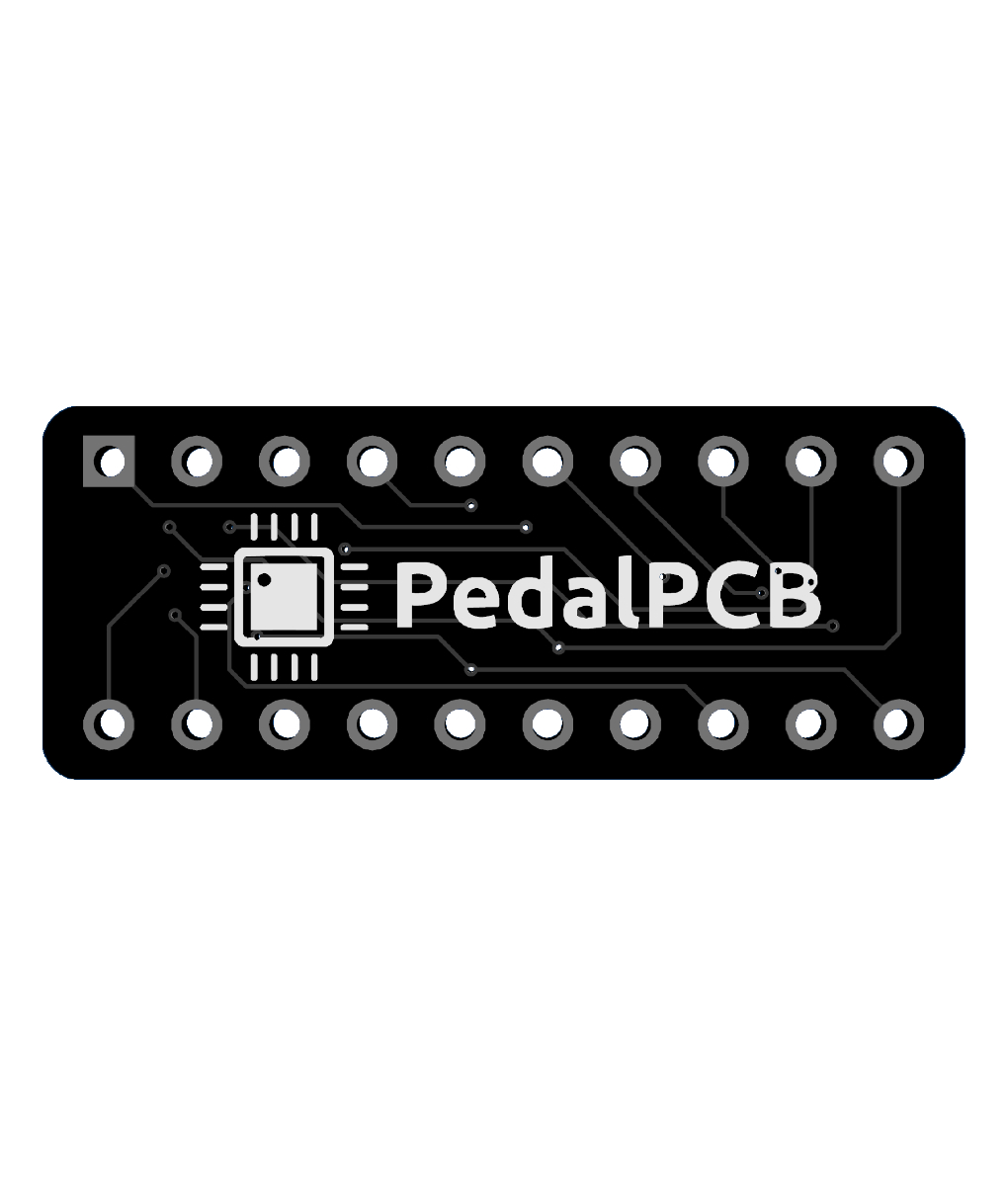Just wondering how big of a task it would be to mod an existing somewhat simple noise gate, like the muffler for example, to accept a sidechain input to trigger the gating. Im looking at incorporating something like this into a double pedal with a distortion (pomethium) so the gate would be triggered by the guitar input signal, but it would shut after the output of the distortion pedal. At the moment I’m doing this with digital effects and love the ability to silence a screaming high-gain tone by just muting the strings of my guitar.
The muzzle seems to be an obvious choice, but it seems like it might be a bit overkill for this application, not to mention obtaining some of the components seems to be fairly challenging.
Would love to hear some thoughts on the matter, hours of googling and searching hasn’t lead me to much as far as this particular question goes. Im spending a lot of time trying to study and understand how these pedal circuits work, but alas I’m still very much a beginner. Thanks!
*edit*
After doing some more research I'm getting a better understanding of how these noise gates work and I'm starting to realize it isn't that easy. Simple noise gates function very differently from my understanding by just attenuating the input signal under a certain threshold while a more complex key input gate requires more sophisticated logic to attenuate a separate signal relative to the key input signal's attenuation. Guess I better figure out how to get the components for the Muzzle!
The muzzle seems to be an obvious choice, but it seems like it might be a bit overkill for this application, not to mention obtaining some of the components seems to be fairly challenging.
Would love to hear some thoughts on the matter, hours of googling and searching hasn’t lead me to much as far as this particular question goes. Im spending a lot of time trying to study and understand how these pedal circuits work, but alas I’m still very much a beginner. Thanks!
*edit*
After doing some more research I'm getting a better understanding of how these noise gates work and I'm starting to realize it isn't that easy. Simple noise gates function very differently from my understanding by just attenuating the input signal under a certain threshold while a more complex key input gate requires more sophisticated logic to attenuate a separate signal relative to the key input signal's attenuation. Guess I better figure out how to get the components for the Muzzle!
Last edited:




